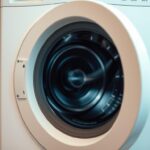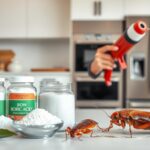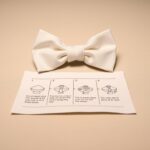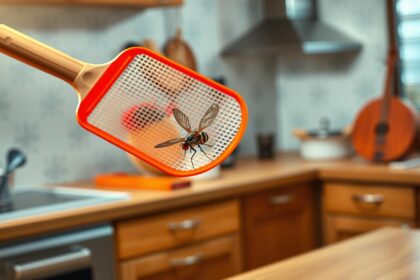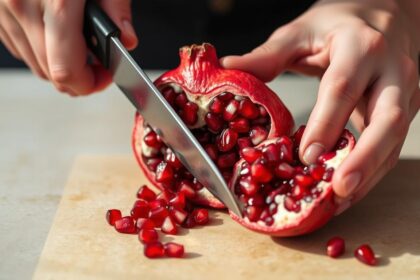Have you ever wondered why do dogs lick their paws and when this common behavior becomes a cause for concern? While occasional paw licking is perfectly normal for dogs as part of their self-grooming routine, excessive or constant licking often signals something isn’t right. As veterinarians, we see many concerned pet owners whose dogs constantly lick their paws, unaware that this seemingly innocent habit might indicate underlying health issues.
Dogs licking their paws excessively can stem from various causes that range from minor to serious. In fact, allergies—whether food-related, seasonal, or environmental—rank among the leading triggers for this behavior. Additionally, injuries like cuts or thorns, parasites such as fleas and ticks, painful arthritis (especially in older dogs), or even behavioral issues like boredom and anxiety can all drive a dog to obsessively lick. What’s particularly concerning is that this constant licking can lead to secondary bacterial or yeast infections, creating a frustrating cycle of discomfort for your furry friend.
When Is Paw Licking Normal in Dogs?
Unlike cats who are meticulous groomers, dogs have their own self-cleaning routines that often include paw licking. Most pet owners wonder at some point: exactly how much licking is considered normal?
Self-grooming and hygiene habits
Dogs naturally engage in self-grooming behaviors as part of their health maintenance routine. Paw licking ranks among the most common cleaning habits for our canine companions. Typically, dogs focus on a few specific areas during these grooming sessions – between their toes, along forearms, over joints, their bellies, inside thighs, and their anal region.
What makes this behavior completely normal? First, occasional licking doesn’t cause any negative effects. Normal self-grooming is rarely excessive and doesn’t result in skin issues or hair loss. Furthermore, some dogs briefly lick their paws after eating to clean food particles from their front paws and legs.
You’ll notice that normal paw licking follows certain patterns. Your dog might lick their paws then wipe their face – this is actually a multi-step grooming process. Moreover, this type of grooming helps your furry friend stay clean even when they seem resistant to formal bath time!
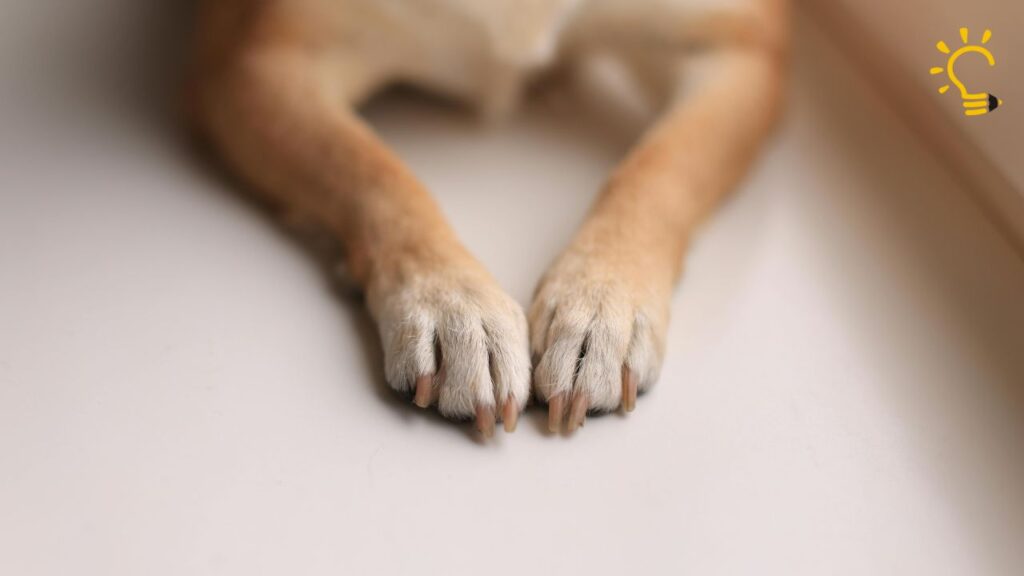
Cleaning after walks or outdoor play
One of the most common and legitimate reasons dogs lick their paws occurs right after outdoor activities. Upon returning home from walks, especially through muddy or sandy terrain, dogs instinctively clean their feet. This behavior serves an important purpose – removing dirt, debris, and potentially harmful substances they’ve picked up outdoors.
During walks, your dog’s paws come into constant contact with various surfaces, exposing them to dirt, chemicals, allergens, and even toxic substances like road salt or pesticides. Consequently, some post-walk paw attention from your dog is perfectly natural and beneficial.
However, it’s important to note that you should never let your dog lick their paws after exposure to road salt or ice melts, as these substances can cause oral ulceration, irritation, and gastrointestinal upset if ingested. Instead, consider cleaning your dog’s paws yourself after walks to prevent them from ingesting harmful substances.
Regular inspection of your dog’s paws also serves as preventative care. After walks, thoroughly check their paws for cuts, abrasions, blisters, or foreign objects. Although they might start as minor wounds, these issues can rapidly develop into infections if left untreated. Therefore, making paw cleaning a regular part of your post-walk routine benefits both your dog’s health and keeps your home cleaner.
Common Medical Reasons Dogs Lick Their Paws
When paw licking becomes excessive or obsessive, several underlying medical issues could be the culprit. Understanding these causes helps pet owners identify when to seek veterinary care.
Injuries: cuts, burns, or foreign objects
Paw injuries rank among the most immediate reasons dogs lick their feet excessively. Your dog might have stepped on something sharp, hot pavement, or been stung by an insect. Notably, splinters, foxtails, grass seeds, and even small pieces of glass can become embedded between toes, causing significant discomfort. Dogs instinctively lick wounds to clean and soothe them, so concentrated licking of one paw often signals injury.
Besides visible cuts, burns from salted sidewalks in winter or hot surfaces in summer can cause painful blisters, dryness, or cracking that prompts licking. Even a torn nail or foreign object wedged between paw pads creates frustration for your furry friend.
Skin irritation or dermatitis
Dermatitis—a general term for skin inflammation—can develop from contact with lawn chemicals, deicers, certain types of grass, or environmental irritants. Contact dermatitis typically appears 2-3 days after exposure and manifests as swollen, red, or itchy paws.
Primarily, dogs with dermatitis develop hair loss in affected areas, along with bumps, lesions, or dry scaly patches. The constant moisture from licking creates a perfect environment for secondary bacterial or yeast infections, further worsening the problem.
Parasites like fleas and ticks
External parasites, including fleas, ticks, hookworms, lice, and mites can make dogs intensely itchy. In particular, some dogs develop flea allergy dermatitis—a hypersensitivity reaction to proteins in flea saliva—causing extreme itchiness and irritation.
Signs of parasitic infections include skin redness, bumps, hair loss, and excessive licking or scratching. Flea allergies often present with thickened or swollen itchy skin, redness, and “hot spots” on the body.
Food or environmental allergies
Allergies remain one of the most common reasons for chronic paw licking. Food allergies or sensitivities typically manifest as itchy paws, sometimes accompanied by digestive issues like diarrhea or gas. Common food allergens include beef, dairy, chicken, eggs, soy, and gluten.
Environmental allergies (atopy) involve reactions to airborne allergens such as pollen, dust mites, mold, and grass. Dogs with environmental allergies often display paw licking alongside ear scratching and hot spots, with symptoms frequently worsening during specific seasons.
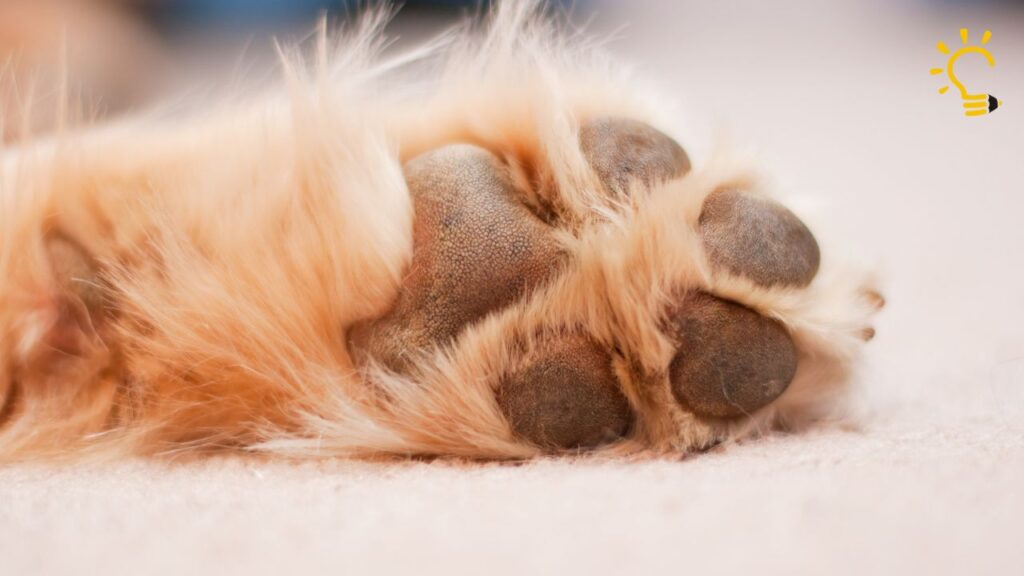
Pain from arthritis or joint issues
Joint pain, especially from arthritis, can cause dogs to lick their paws obsessively. Essentially, dogs with arthritis may lick the skin above painful joints to self-soothe. This behavior is particularly common in older dogs or those with joint injuries.
Interestingly, even when pain originates elsewhere in the body, some dogs cope by licking their front paws. Additional signs of joint issues include difficulty navigating stairs, reluctance to play, stiffness, and overall irritability.
Behavioral Causes You Might Overlook
Not all excessive paw licking stems from physical problems – behavioral causes can be equally significant triggers for why dogs lick their paws constantly. These psychological factors often go unnoticed by even attentive pet owners.
Boredom and lack of stimulation
Dogs need both mental and physical exercise to stay healthy. Without adequate stimulation, they often resort to repetitive behaviors like paw licking as a form of self-entertainment. Think of it as similar to how humans might bite their nails when idle.
I’ve seen numerous cases where dogs develop paw-licking habits simply because they don’t get enough daily activity. Dogs left alone for extended periods without proper enrichment are particularly susceptible to this behavior.
The solution? Provide your dog with:
- Daily exercise (at least 30 minutes)
- Interactive toys that challenge their mind
- Regular social interaction with humans and other dogs
- Puzzle toys with hidden treats
Separation anxiety or stress
Dogs experiencing anxiety often turn to paw licking as a coping mechanism. This self-soothing behavior releases endorphins that temporarily calm them down – much like a nervous person might fidget with their hands.
Typically, anxiety-related licking increases during stressful situations such as thunderstorms, fireworks, or when separated from their owners. A dog with separation anxiety might obsessively lick when left alone, alongside other behaviors like destructive chewing or excessive barking.
Signs of anxiety include pacing, panting, trembling, and, of course, excessive paw licking. For these cases, creating safe spaces, maintaining consistent routines, and sometimes using calming products like Thundershirts or pheromone diffusers can help.
Obsessive-compulsive behaviors
Occasionally, what begins as boredom or anxiety-related licking evolves into a compulsive disorder. Some dogs develop OCD-like conditions where the licking becomes habitual, continuing even after the initial trigger is gone.
These compulsive behaviors are more common in certain breeds and in dogs with inadequate environmental enrichment. The repetitive nature of licking becomes self-reinforcing, creating a difficult cycle to break without professional intervention.
For compulsive lickers, behavior modification techniques, consistent redirection, and positive reinforcement are vital. Sometimes veterinary behaviorists may recommend anti-anxiety medications alongside behavior therapy.
When Licking Becomes a Bigger Problem
“These may seem chronic if left untreated or treated incorrectly.” — Dr. Fiona Lee, Board-certified veterinary dermatologist at Animal Dermatology Clinic
Persistent paw licking can quickly escalate from a minor issue to a serious medical concern for your furry friend. As a vet, I’ve seen simple cases turn into complex problems when left unaddressed.
Signs of secondary infections
Once your dog’s excessive licking creates a constantly moist environment, bacterial and yeast infections commonly develop. Watch for these telltale signs:
- Redness and swelling between toes or on paw pads
- Brown-red discoloration on fur around paws (often called “saliva staining”)
- Thickened skin or crusty, scaly patches
- Foul odor from the affected paw
- Discharge (yellow, green, or pus-like)
These infections often worsen the initial discomfort, creating an unfortunate cycle of more licking and further damage.
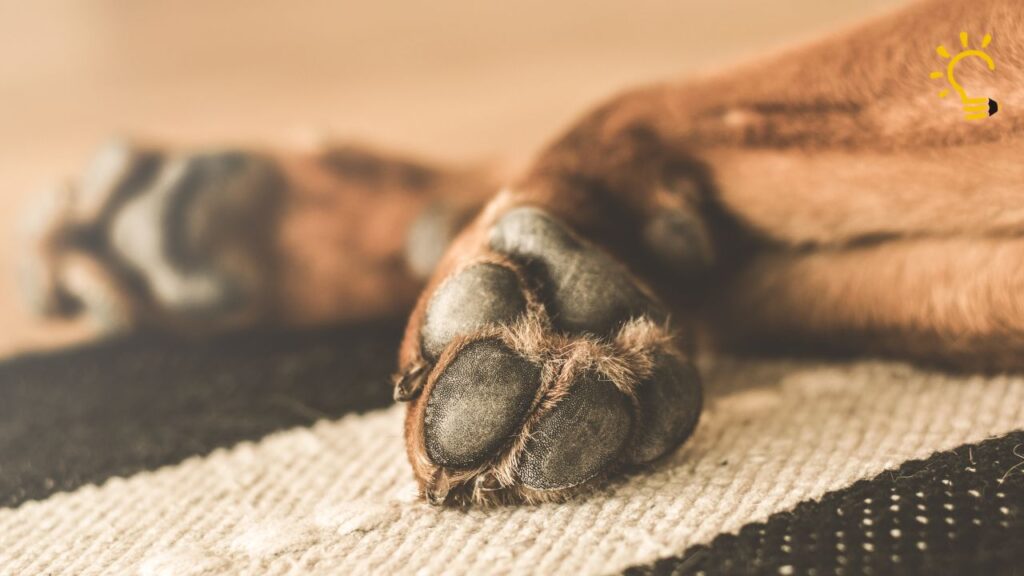
How constant licking leads to more damage
The cycle of damage typically begins with an initial trigger (like allergies or injury), but doesn’t end there. Continuous licking creates a perpetually moist environment where bacteria and yeast thrive. As Dr. Rosales explains, “The altered microenvironment of the skin, along with the dog’s desire to chew and lick their inflamed paws, mean infections are common.”
Beyond infection risks, persistent licking can lead to hair loss, hyperpigmentation (dark patches forming on skin), and even permanent skin thickening. For some dogs, this develops into a condition called acral lick dermatitis or “lick granuloma”—a stubborn, raised lesion that’s difficult to treat.
When to consult your vet
Immediately contact your veterinarian if your dog:
- Limps or shows pain when walking
- Has bleeding or ulcerated paws
- Wakes up frequently to lick paws
- Whimpers or cries while licking
- Shows swelling, discharge, or crusty areas
Don’t wait too long—early intervention prevents secondary infections from becoming harder to treat. According to veterinary experts, waiting can result in difficult-to-treat infections and other perpetuating factors that may cause long-term complications.
Conclusion
Understanding why dogs lick their paws requires attention to both normal grooming behaviors and potential warning signs. Throughout this article, we’ve explored how occasional paw licking represents natural canine hygiene, while excessive licking often indicates underlying problems that need addressing. Most importantly, distinguishing between these two scenarios helps protect your furry companion from unnecessary suffering.
Allergies, injuries, parasites, and behavioral issues all contribute to problematic paw licking. Therefore, careful observation of your dog’s habits remains essential for early intervention. The moment you notice persistent licking accompanied by redness, swelling, or discomfort, consider this a clear signal to consult your veterinarian. Additionally, creating enriching environments for your dog can prevent boredom-related licking behaviors before they start.
Remember that untreated paw licking issues rarely resolve themselves. Instead, they typically worsen as secondary infections develop, creating a frustrating cycle of discomfort for your pet. Although minor cases sometimes respond to home care, persistent cases demand professional attention. Your veterinarian can identify the specific trigger—whether allergies, injury, or anxiety—and develop a targeted treatment plan.
Finally, maintaining regular paw inspections after walks serves both as preventative care and an opportunity to catch potential issues early. By staying vigilant about your dog’s paw health and responding promptly to concerning symptoms, you help ensure your canine companion remains comfortable and healthy for years to come.
FAQs
Q1. Is it normal for dogs to lick their paws? Occasional paw licking is normal for dogs as part of their self-grooming routine. However, excessive or constant licking often indicates an underlying issue that needs attention.
Q2. What are some common reasons dogs lick their paws excessively? Common reasons include allergies (food or environmental), injuries, skin irritations, parasites, arthritis, boredom, anxiety, or obsessive-compulsive behaviors. If the licking persists, it’s best to consult a veterinarian.
Q3. How can I stop my dog from licking its paws too much? First, identify the underlying cause. Depending on the reason, solutions may include treating allergies or injuries, providing more mental and physical stimulation, or addressing anxiety. In some cases, your vet may recommend special treatments or behavioral modification techniques.
Q4. When should I be concerned about my dog’s paw licking? Be concerned if you notice signs like redness, swelling, discharge, foul odor, or if your dog shows pain when walking. Also, if the licking is constant, wakes your dog at night, or causes visible damage to the paws, it’s time to consult a vet.
Q5. Can excessive paw licking lead to other health issues? Yes, constant licking can create a moist environment ideal for bacterial and yeast infections. It can also cause hair loss, skin thickening, and even lead to a condition called acral lick dermatitis. Early intervention is key to preventing these secondary issues.





